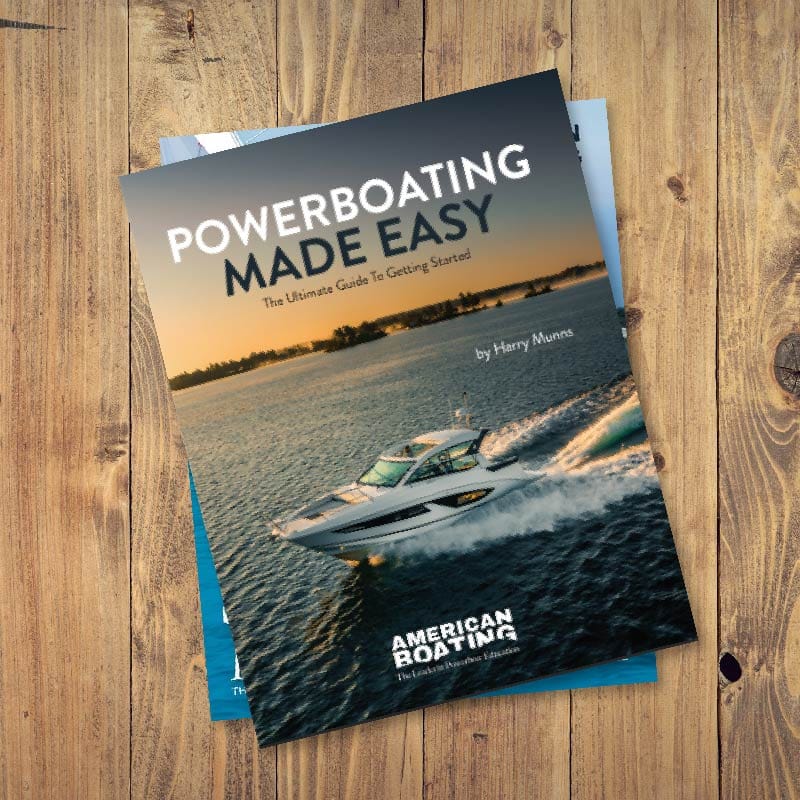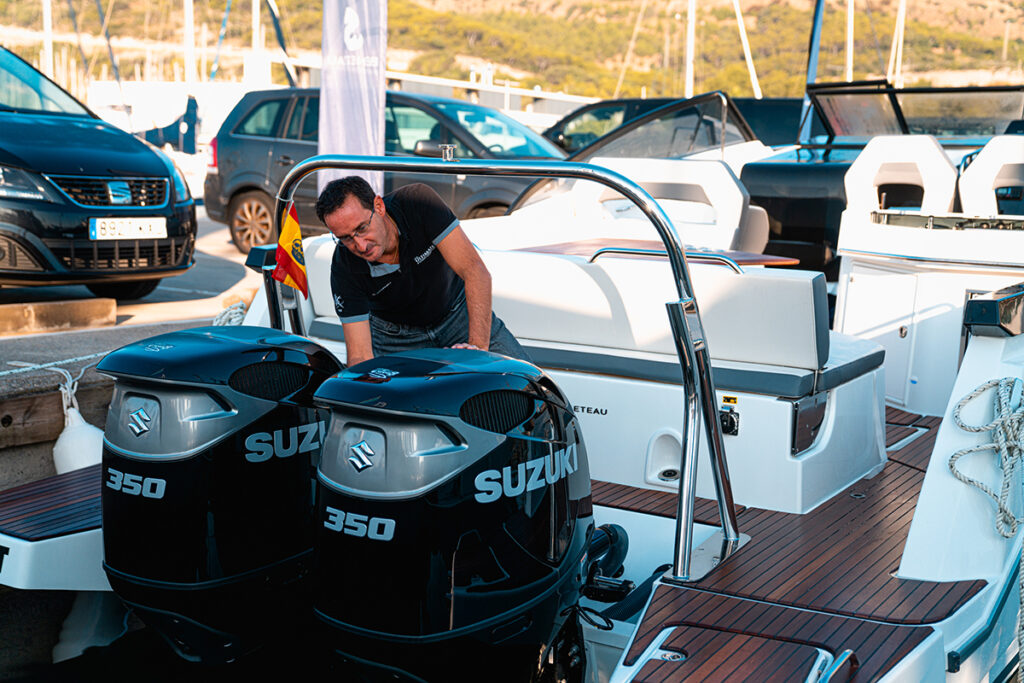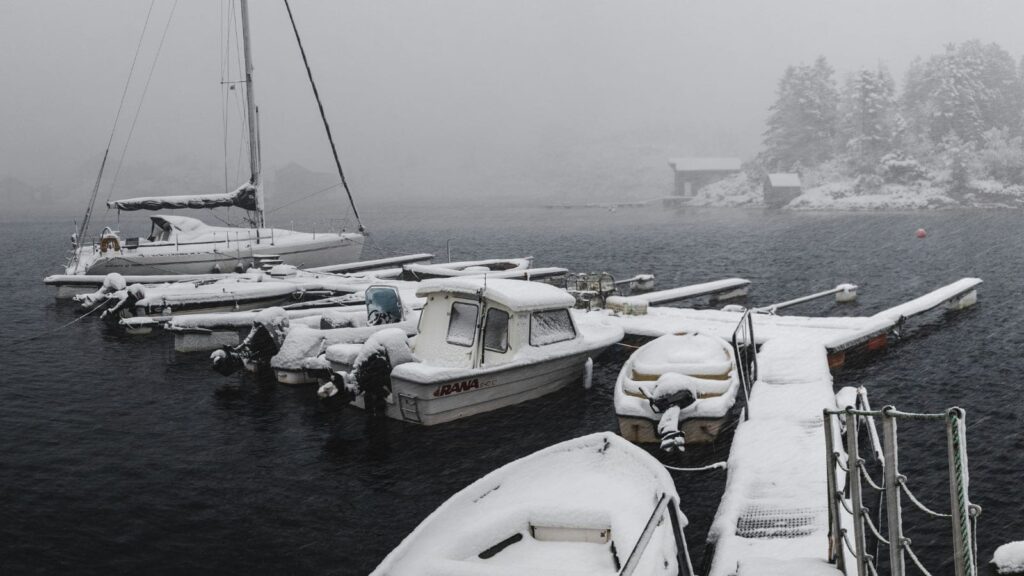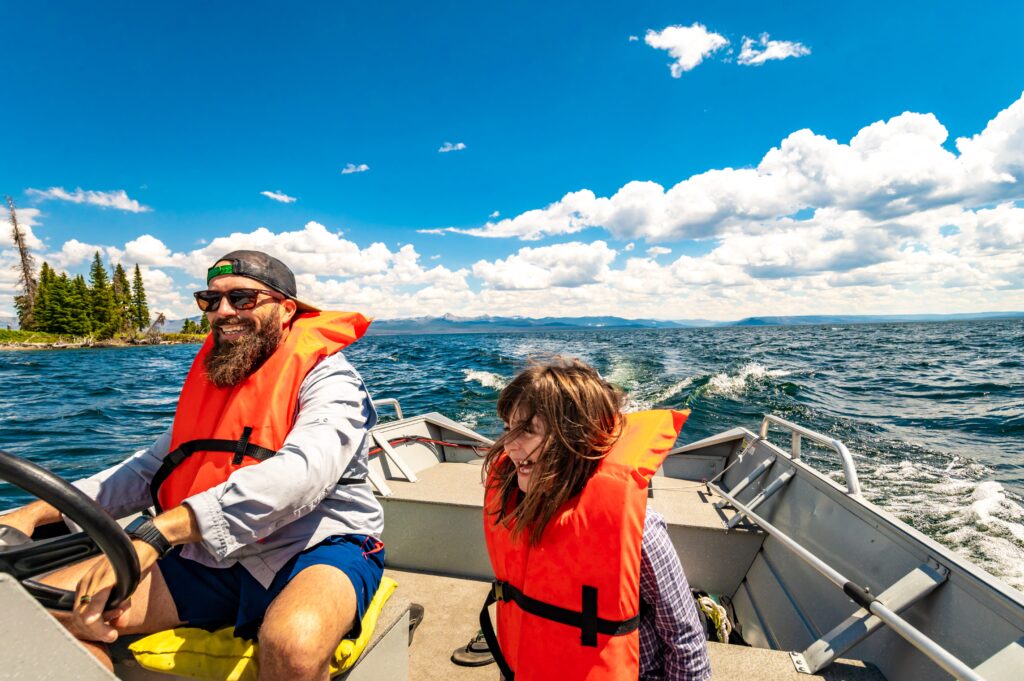Pre-Departure Checklists
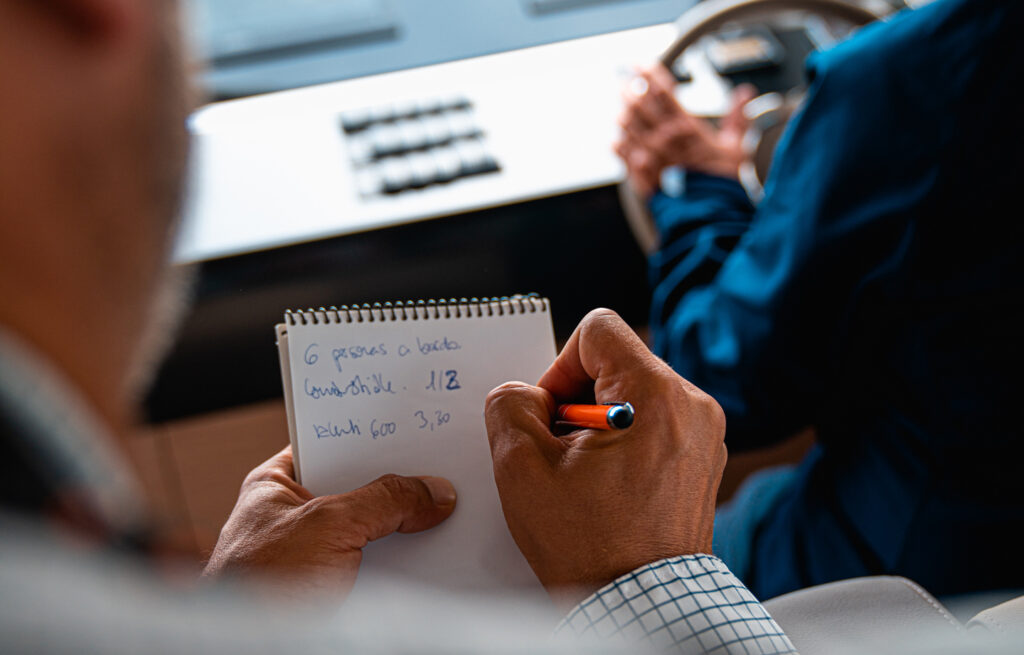
An excerpt from Powerboating Made Easy
by Harry Munns
Every pilot, regardless of how many times he or she has flown a particular aircraft, runs through a pre-flight checklist, item by item. Why? Because no matter how well you know the list, the only way to make absolutely sure you don’t forget or overlook something important is to put a check mark beside that item on the list.
Smart boaters do the same thing. There are three main areas in which a checklist could help make sure you’re ready to go: the boat, the operator (you), your crew, and your passengers. In reality, you’re preparing one checklist. You may delegate parts of it to trusted crew or passengers.
Your inspection focuses on parts of the boat that could probably experience failure over time. Checklists aren’t as much about gradual failure as they are about readiness to go out on the water, today.
Pre-assembled checklists can be found online and from various boating safety organizations. These free samples tend to be incomplete or not completely relevant to some boats. They may give you a great starting point for your own checklist. Your best bet is to create a document that can be edited as needed and printed or stored on a phone or tablet.
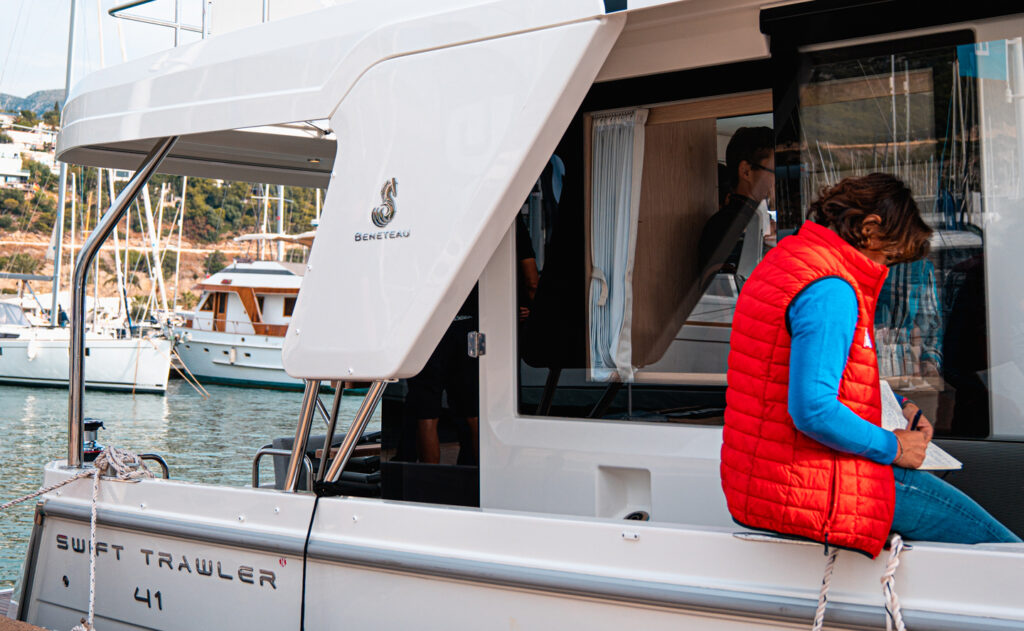
BOAT CHECKLIST
You run a boat checklist to answer a simple question: is the boat ready to venture out on the water? The inspection dealt mostly with boat components, either structural or other essential parts of the boat. The checklist deals mostly with things that can be easily brought on and off the boat. Part of what you’re checking is whether these things are on the boat. You also want to know whether they’re in good and serviceable condition.
Once again, the list here is an example of what you might want on your checklist. It is not intended to be complete.
- Fill fuel and water tanks if so equipped.
- Locate required federal and state safety equipment. Count and inspect items as needed.
- Locate and inspect additional safety equipment.
- Check ground tackle for secure and wired shackle pins, chafed line, and tangles.
- Make sure vents are clear.
- Turn on lights and check for dead bulbs.
- Test marine sanitation device (MSD or toilet).
- Check level of holding tank if so equipped.
- Inspect bilge for water, oil, or other materials. Test bilge pump.
- Turn battery master switch to “All” or “Both” and check battery condition.
- Turn on and test VHF radio and GPS if so equipped.
- Check contents of first aid and tool kits.
OPERATOR, CREW, AND PASSENGER CHECKLIST
- This checklist encompasses things you need to do to prepare for your time on the water.
- Check the weather forecast.
- Plan your trip with a nautical chart or any other graphic document of the local area.
- Create and execute an orientation and safety training plan for crew.
- Create and execute an orientation and safety training plan for passengers.
- Open and ventilate compartments.
- Stow all gear.
- Hand your float plan off to a responsible person.
